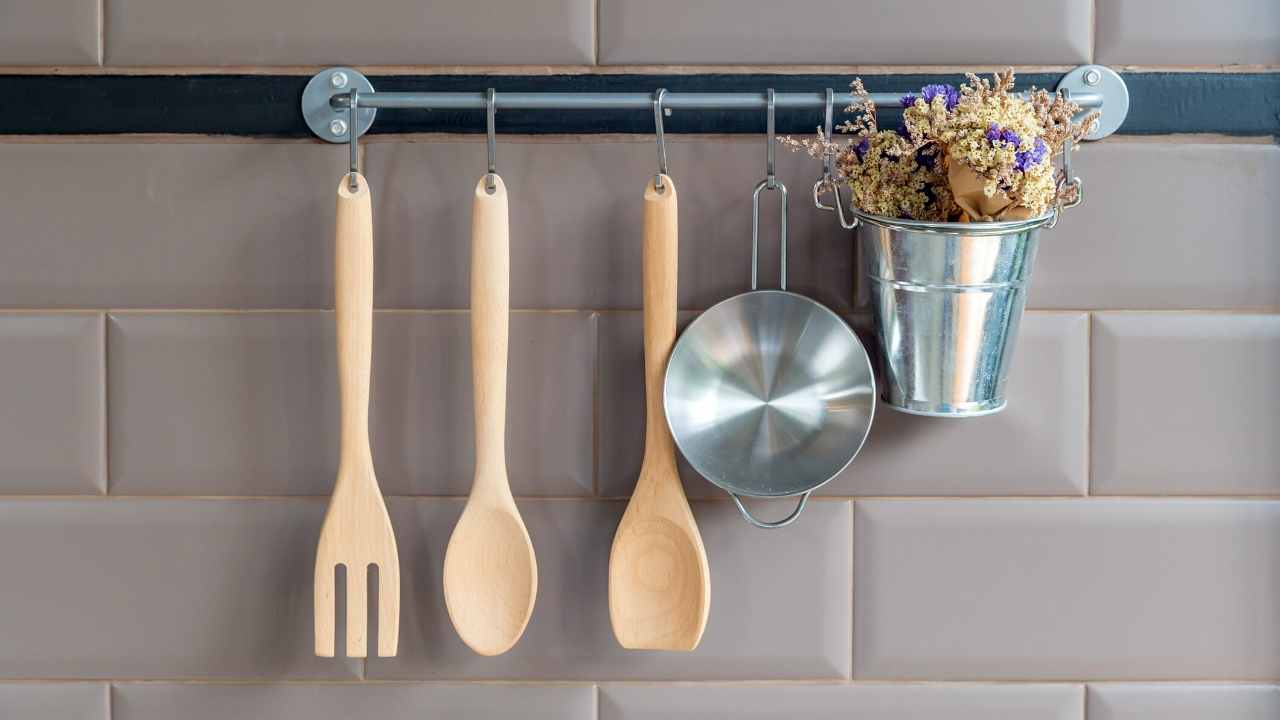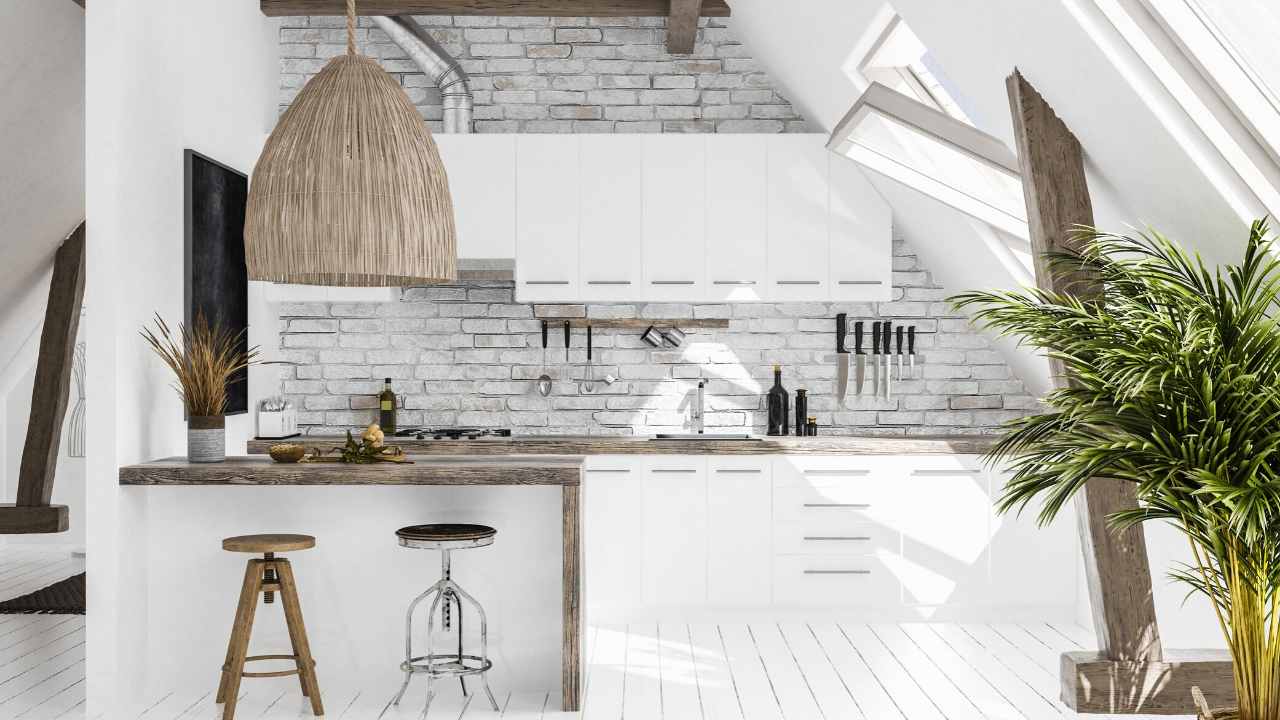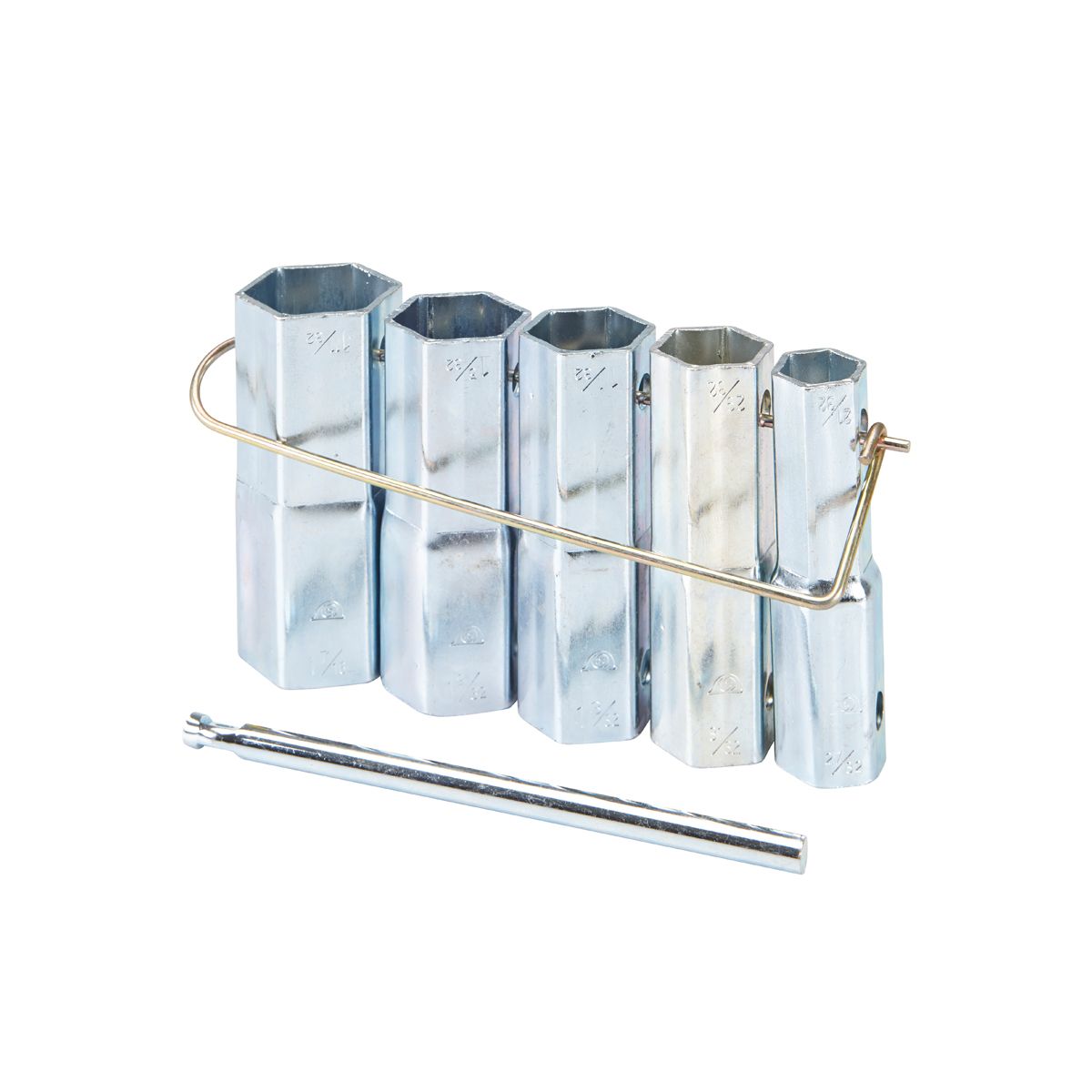
You may be searching for the hottest bathrooms. We will be talking about the various elements that make a trend bathroom different from the rest. Freestanding tubs have been a hot trend in 2017. A tub with a smooth, white surface is featured in the Westin Preston III model home. The tub's smooth white surface is the main focus of the faucet, which is side-mounted. This bathroom has many modern bathroom features, such as bold subway-style wallpaper and elegant lighting.
Bathrooms are getting a fresh look with their new functionality. Bathrooms are taking advantage of their prime locations in a home to create greater harmony. Many ultra-rich buyers are looking for luxurious bathrooms in their homes. You can optimize your marketing efforts and market your property by using a property marketing platform like Properties Online. A smart bathroom is a great place to put these modern conveniences. It is an extension and extension of your home. So why not renovate it?

Large-format tile are now replacing the smaller mosaic tiles that were in fashion just a few year ago. These large-format tiles work well with a range of decor themes. They can be used to cover the floors or walls. These tiles can be used to mix and match with stone-look materials or to create a statement by blending colors. You can also combine a patterned tiles with travertine or another natural stone-look material.
Marble is an attractive and modern addition to a bathroom. White marble has recently become a popular option. White marble's classic appeal has made this a popular choice for bathrooms. Marble tiles combined with grey can create an amazing visual and tactile effect. You can have a classic white marble bathroom, or you can go modern with a marble-inspired bathroom.
Bold colors on the lower walls of bathrooms are one of 2017's biggest design trends. A bright color can be combined with a dark ceiling to add warmth and interest to your bathroom. The latest trend in bathroom design is color blocking. This will give it a luxurious feel. Make sure you use natural breaks between the colors to ensure that the room does not look too similar. You don’t have to use the same color as before. Give it a makeover!
Paneling and paint can be used to break down large spaces. The best way to bring color into a small bathroom is with tiles. You can use deep blues, blacks, or whites together. Combining floor tiles with wall tiles creates a statement in a bathroom and adds character. If you're a fan of split walls, you can use wallpaper on two walls, creating a corner of interest and focal point in your bathroom.

In trendy homes, dark interiors are becoming more popular. Gray has been very popular over the past two decades, but in 2020 black bathrooms are expected to be more popular. In the living and kitchen areas, dark, bold tones won't be as noticeable. This would make it uncomfortable for people. Bold colors can be used in the bathroom because it is less intimidating. It's easier to use lighter, more saturated colors in the bathroom than in other rooms.
FAQ
What is the average time it takes to renovate a house?
It all depends upon the size of your project and how much time it takes. On average, homeowners spend between three and six hours per week working on their project.
What is the cost to renovate a house?
Cost of renovations depends on the material used, how large the job is and how complex it is. Certain materials, such as wood, require special tools like drills and saws. Others like steel don't. The price for renovations will also vary depending on whether you would like your contractor to do all of the work for you or if it is something you prefer.
Home improvements can cost anywhere from $1,000 to $10,000 on average. If you are looking to hire professionals, expect to pay between $5,000 and $25,000. The total cost of hiring professionals could be anywhere from $5,000 to $25,000. If you choose to complete the task yourself, it could run up to $100,000.
It is important to know that renovation costs can be affected by many factors. You should consider the material used, such as brick vs concrete. You can choose between brick or concrete, and the size of your project as well. These are all important factors to consider when estimating renovation costs.
Can I remodel my whole house by myself?
Why pay someone to do it for you when you can do it yourself?
It doesn't really matter how much you love DIY. There will always be times when you just can't do it. You may not be able to control all the variables.
You might discover that the wiring in your home is not up to date. In this case, you'll need to hire an electrician to ensure that your electrical system works safely and reliably.
You also need to consider the fact that you might not be able to handle any kind of structural damage that might occur during the renovation process.
You might not have all the necessary tools to do the job correctly. You will need a special tool called the plumber's snake to clean clogged pipes if you plan to install a kitchen sink.
Plumbing codes also require that you have a licensed plumber work on your project.
The bottom line is that you need to know exactly what you are capable of doing before you embark on such a big task.
If you aren't sure if you have the skills or knowledge to tackle the task, get help from your family and friends.
They can help you determine the right steps and where you can find out more.
How to quickly sell my home without having to pay realtor fee?
Start looking for buyers right away if your goal is to sell quickly. You should be open to accepting any price offered by the buyer. But, you may lose potential buyers if your wait is too long.
How much does it cost to renovate a house?
Renovations cost typically $5,000 to $50,000. Most homeowners spend between $10,000-$20,000 on renovations.
Can you live in your house while it's being renovated?
Yes, I can live in a house while renovating it
Are you able to live in your house while the renovations are ongoing? The answer depends on how long the construction work takes. If the renovation lasts less then two months, then it is possible to live in your home while it is being constructed. If the renovation takes longer than two weeks, however, you can't live in your home during the construction.
The reason why you should not live in your home when there is a major construction project going on is because you might get hurt or even killed due to falling objects from the building site. A lot of heavy machinery is used at the jobsite, which can lead to noise pollution and dust.
This is especially true when you live in a multistory house. If this happens, the sound and vibration caused by the construction workers can cause significant damage to your home and contents.
You will have to live in temporary accommodation while your home renovations are underway. This means you won’t have the same amenities as your own home.
While your dryer and washing machine are being repaired, you won't be able use them. You will also have to put up with the smell of paint fumes and other chemicals as well as the loud banging sounds made by the workers.
These factors can cause stress and anxiety in you and your family. So it is important that you plan ahead so you don't feel overwhelmed by all the circumstances.
It is important to research before you start renovating your house. This will help you avoid costly mistakes down the road.
A reputable contractor can also be of assistance to you in order to make sure everything runs smoothly.
Statistics
- According to the National Association of the Remodeling Industry's 2019 remodeling impact report , realtors estimate that homeowners can recover 59% of the cost of a complete kitchen renovation if they sell their home. (bhg.com)
- Most lenders will lend you up to 75% or 80% of the appraised value of your home, but some will go higher. (kiplinger.com)
- Rather, allot 10% to 15% for a contingency fund to pay for unexpected construction issues. (kiplinger.com)
- On jumbo loans of more than $636,150, you'll be able to borrow up to 80% of the home's completed value. (kiplinger.com)
- Design-builders may ask for a down payment of up to 25% or 33% of the job cost, says the NARI. (kiplinger.com)
External Links
How To
How do I plan for a whole house renovation?
Planning a whole house remodel requires careful planning and research. Before you start your project, here are some things to keep in mind. You must first decide what type home improvement you want. There are several categories you can choose from, such as bathroom, kitchen, bedroom, living area, and so on. Once you know which category you would like to work on, you'll need to figure out how much money you have available to spend on your project. If you have never worked on homes, it is best to budget at most $5,000 per room. If you have more experience, you might be able spend less.
Once you know how much money your budget allows you to spend, then you will need to decide how big a job it is you are willing to take on. You won't be capable of adding a new floor, installing a countertop, or painting the walls if your budget is limited to a small remodel. On the other side, if your budget allows for a full renovation of your kitchen, you'll be able do just about any task.
Next, look for a contractor with experience in the type or project you are looking to tackle. This will guarantee quality results, and it will save you time later. Once you have found a reliable contractor, it is time to start gathering supplies and materials. You may need to purchase everything from scratch depending on the size and scope of your project. There are many stores that offer pre-made products so it shouldn't be difficult to find what you need.
After you've gathered all the supplies you need, it's time to begin making plans. You will first need to sketch out an outline of the areas you plan to place appliances and furniture. Next, design the layout of your rooms. Be sure to leave enough room for electric outlets and plumbing. It is a good idea to place the most important areas nearest the front door. This will make it easier for visitors to access them. Finally, you'll finish your design by deciding on colors and finishes. In order to avoid spending too much money, stick to neutral tones and simple designs.
Now that you're finished drawing up your plan, it's finally time to start building! Before you start building, check your local codes. While permits are required in some cities, homeowners can build without one in others. To begin construction you will first need to take down all walls and floors. Next, you'll lay down plywood sheets to protect your new flooring surfaces. Then, you'll nail or screw together pieces of wood to form the frame for your cabinets. Finally, attach doors and windows.
You'll need to finish a few final touches once you're done. Covering exposed pipes and wires is one example. This can be done with plastic sheeting and tape. You will also need to hang photos and mirrors. You should always keep your work area clean.
These steps will ensure that you have a beautiful and functional home, which will save you tons of money. Now that you are familiar with how to plan a whole home remodel project, it is time to get started.